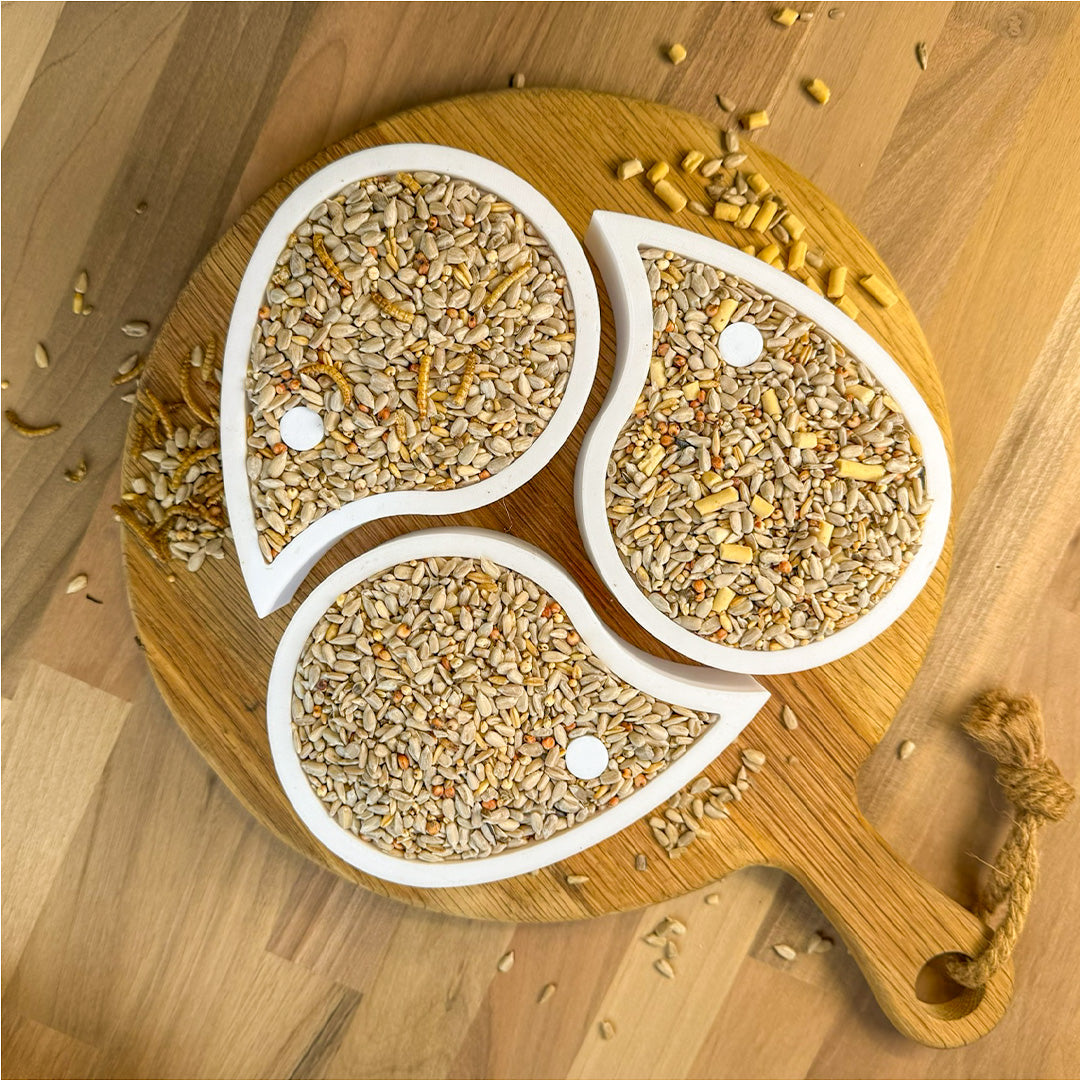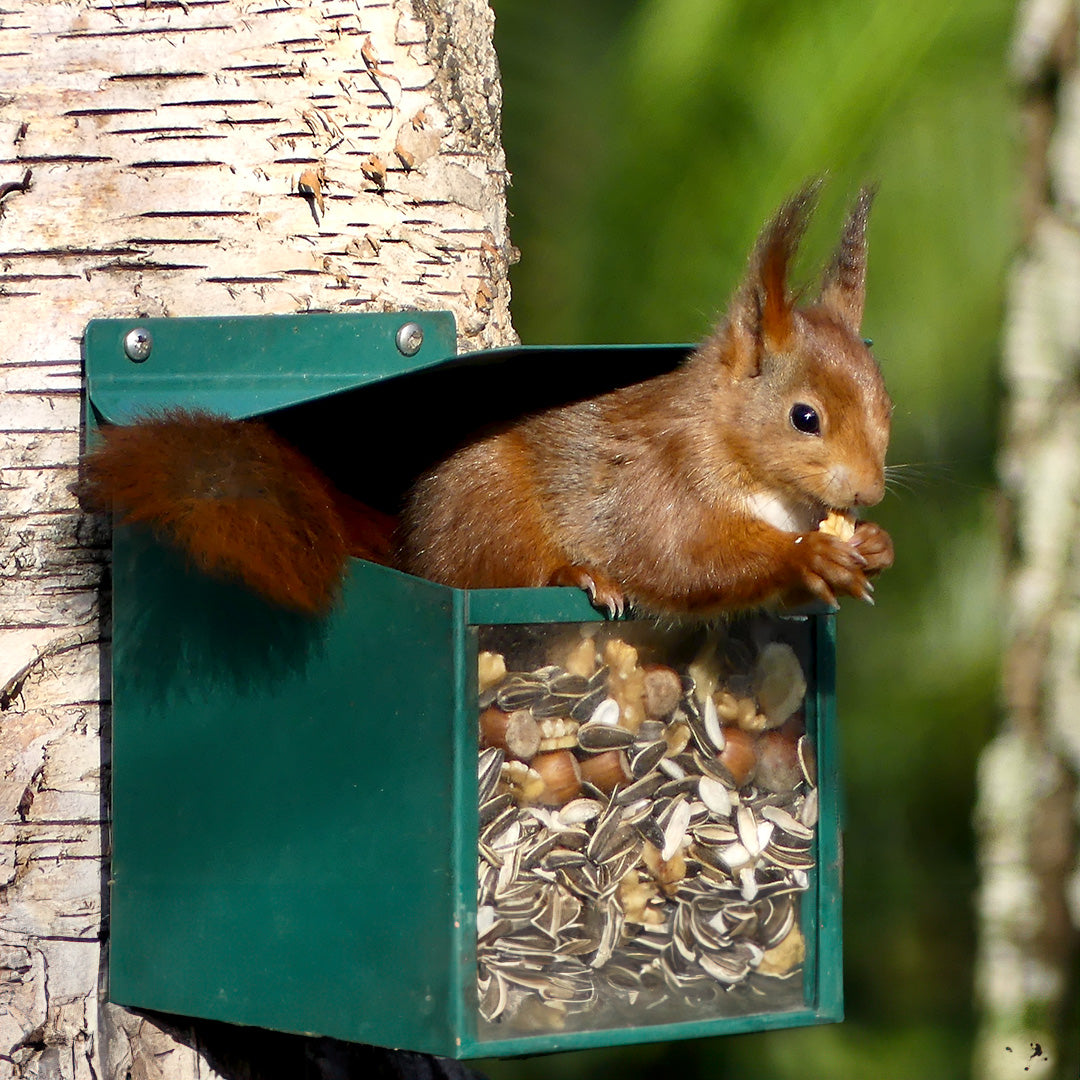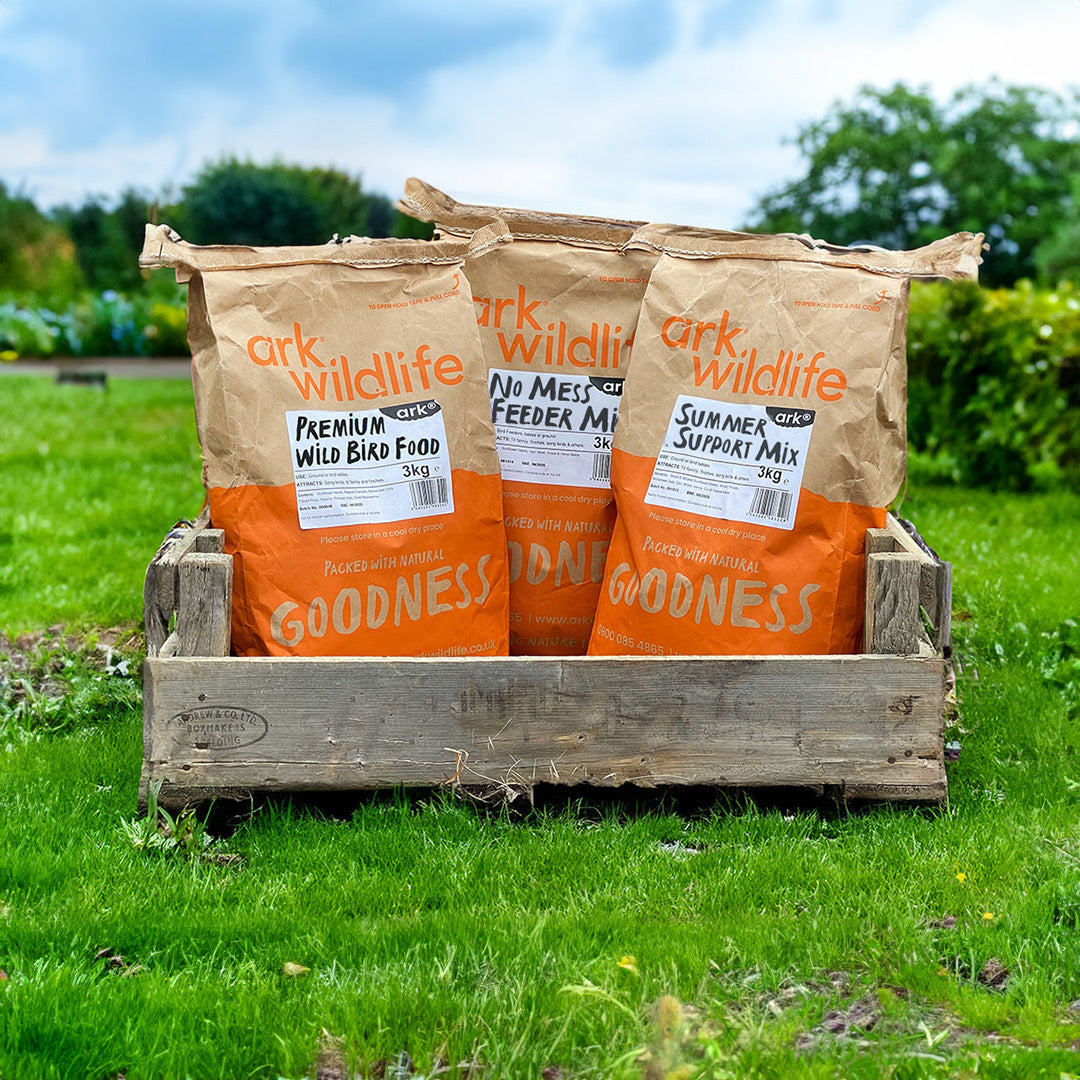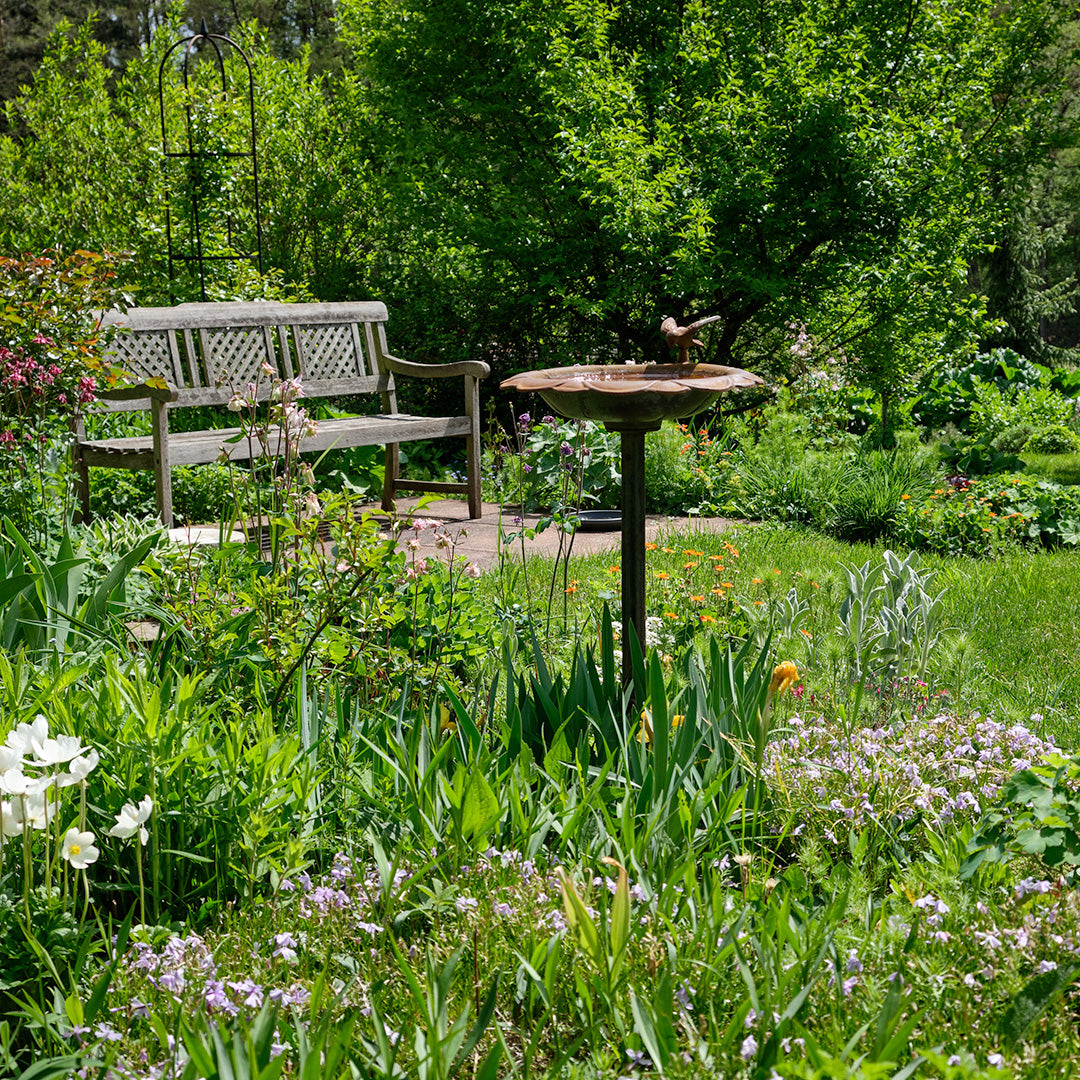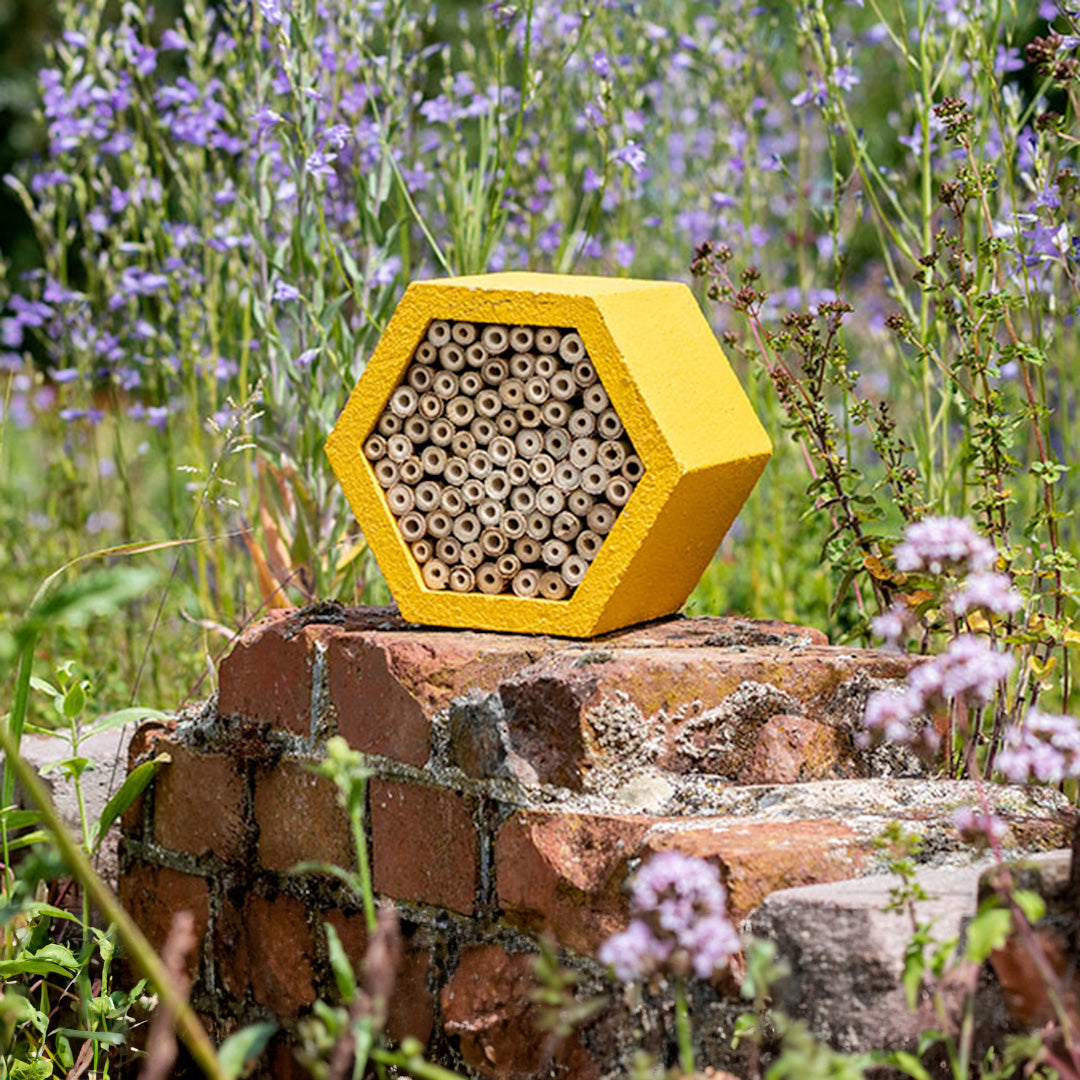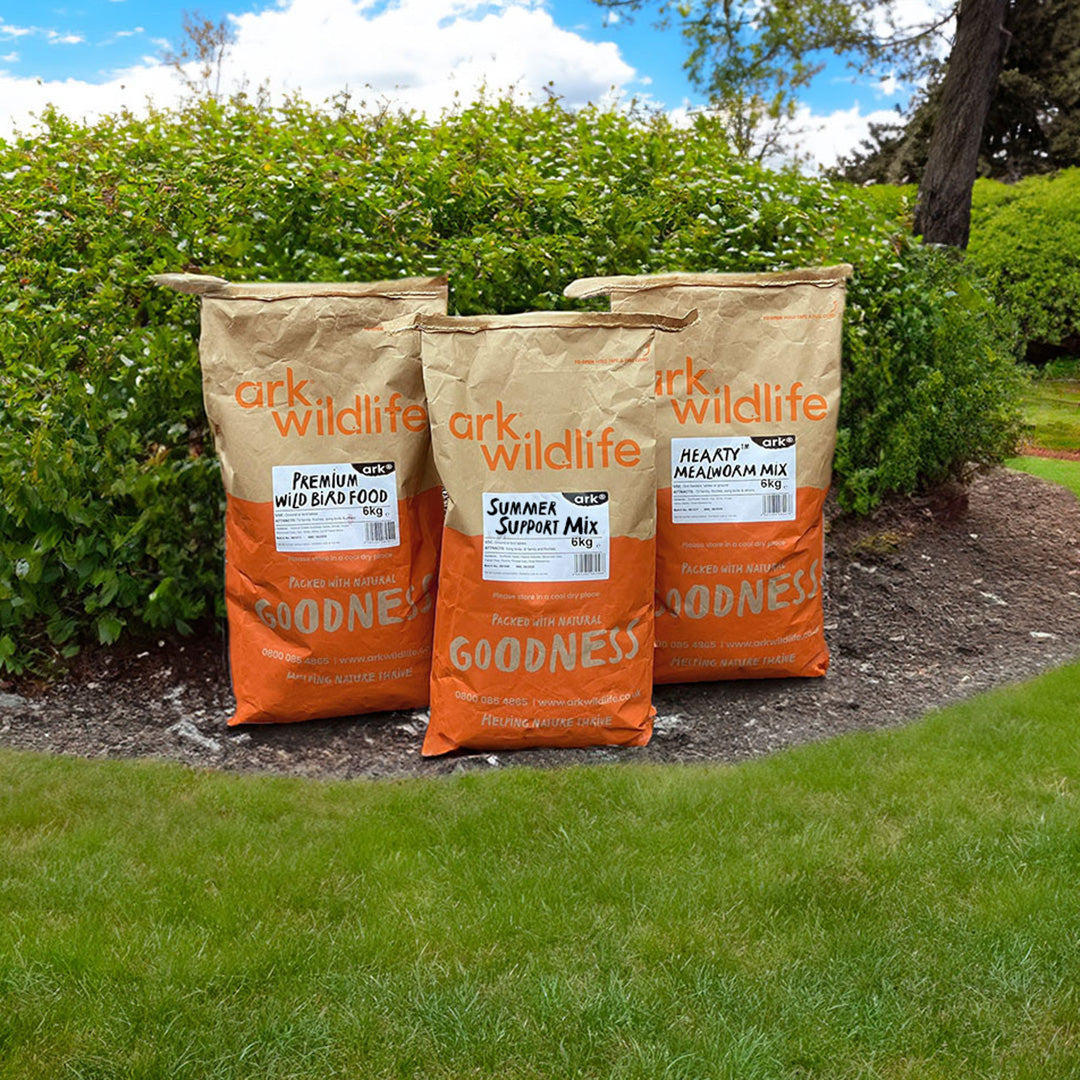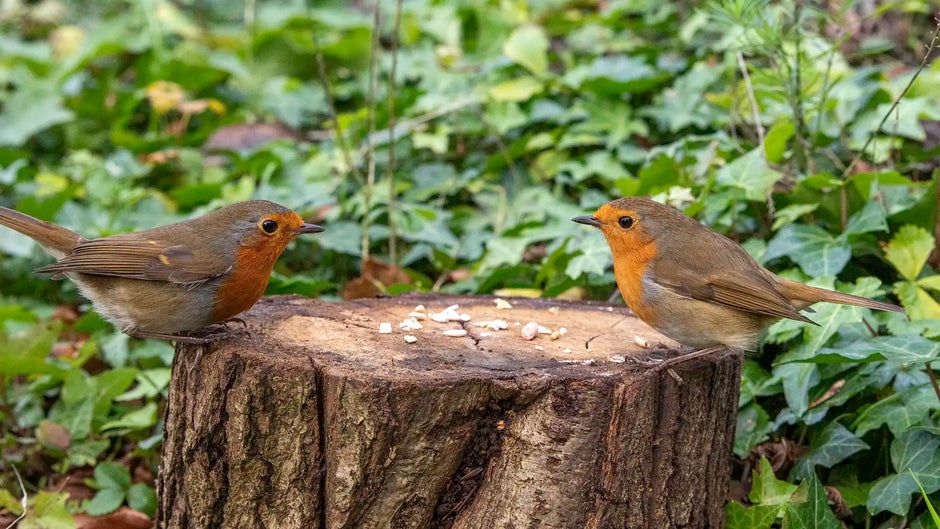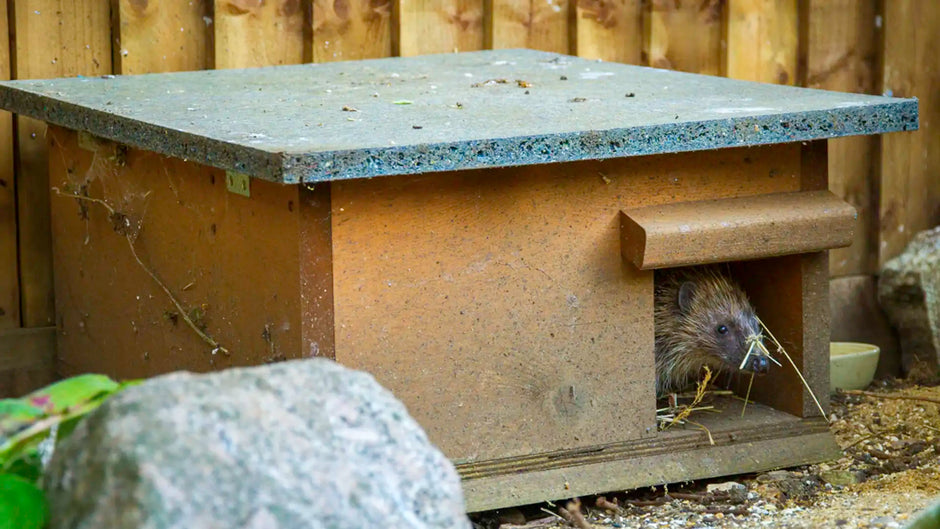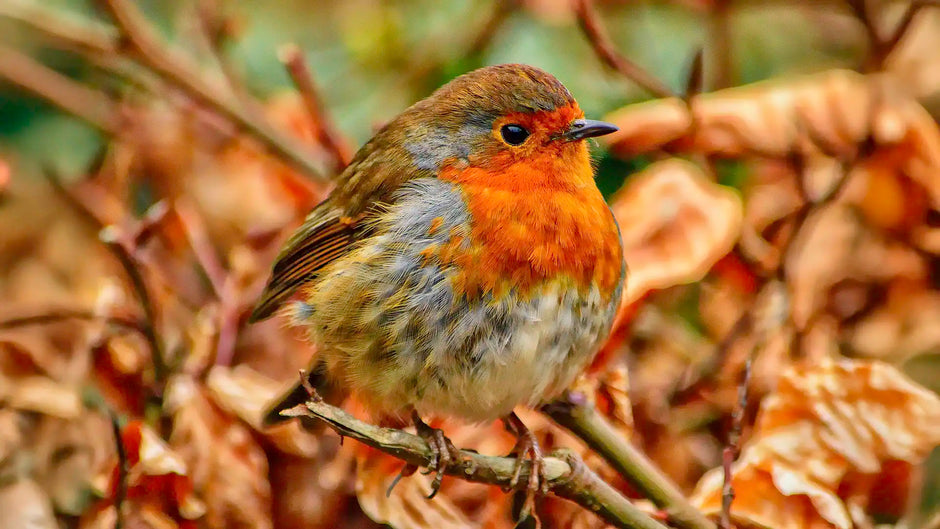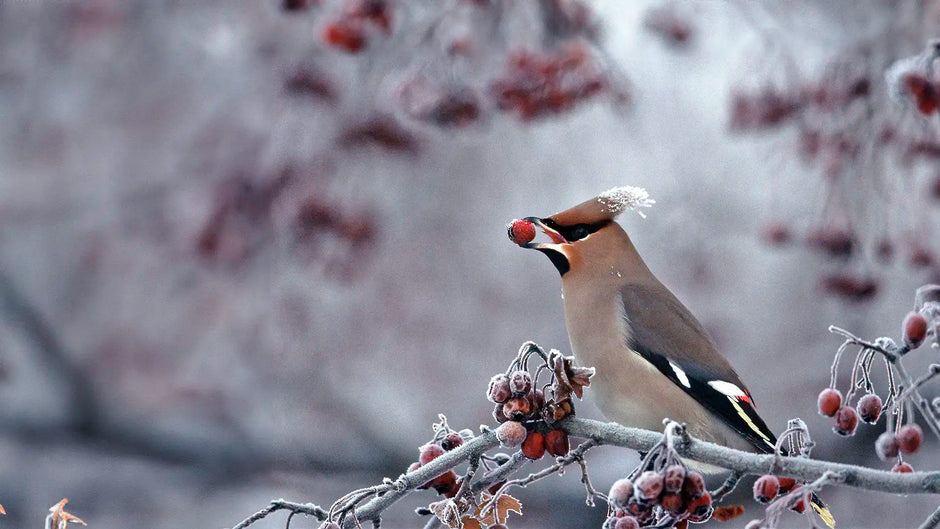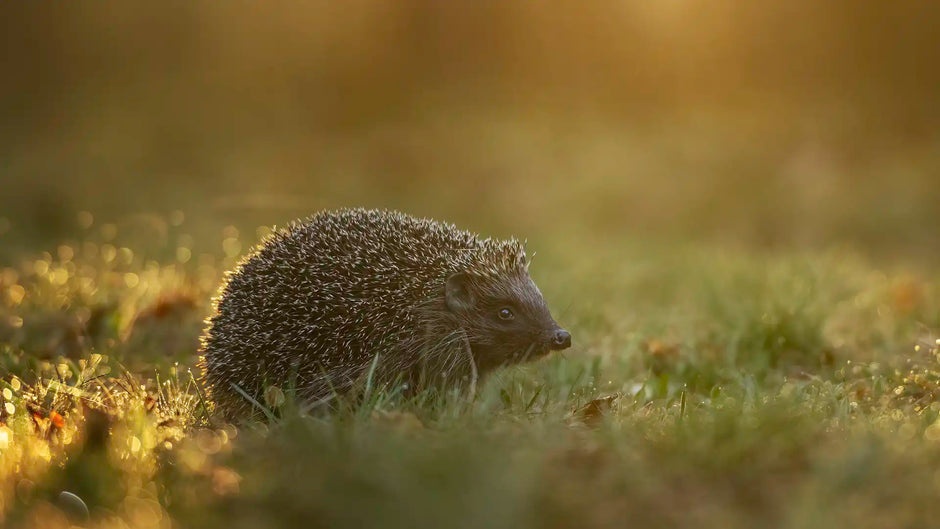Nature is everywhere, and it’s often hiding in surprising places. This means that even a tiny outdoor space can be home to creatures you’d never have expected to find. You just need to know where to look! Garden wildlife expert Sean McMenemy can give you lots of tips and tricks on how to spot wildlife in your garden, how to attract more of it and how to give animals a helping hand. From bird feeders to hedgehog houses – read on to find out more!

Where's the best place to spot wildlife in your garden?
You might not always be able to see what’s living in your garden by looking through the window – even with a pair of binoculars! Being a wildlife spotter is all about getting outside, using your senses and looking that little bit closer.
Many of us are so busy every day that we forget to look at the amazing nature that’s living right in front of us – and that’s what makes wildlife spotting so special. Ask an adult to help you take a look at your garden or local park, and remember to write down what you find…
- Look under logs and other bits of wood that are on the ground. You won’t believe how many different creepy-crawlies you can find under just one log – like woodlice, earthworms, centipedes, millipedes and longhorn beetles. Don’t forget to look really closely – grab a magnifying glass if you can find one.
- Look under the paving slabs on your patio. It doesn’t have to be a green space to be home to wildlife. You can see plenty of insects underneath a paving slab or even under an old pot that’s sitting in the corner. Slugs and snails love hiding in dark places like these!
- Look up in the trees! It’s not all about insects. Take a look at the branches of your trees and you’ll see some of the beautiful birds that make our gardens their home – blackbirds, sparrows, blue tits, great tits, chaffinches, robins and wood pigeons. After the leaves have fallen, look for old bird nests, they come in all shapes and sizes. Look at the materials used, sticks, moss, mud and grass. Some birds even line them with shiny objects they steal from humans! Can you match the nests you find to their owners?
- Look closely at the plants and flowers in your garden. These are great places to hide and shade from the sun. What creatures can you see making themselves at home under the leaves or petals? You might spot ladybirds, caterpillars, butterflies and moths. Along with all sorts of cocoons, chrysalis and pupa.

What are the signs of wildlife in your garden?
Don’t be put off if you can’t see many creatures in your garden. It doesn’t mean they’re not there! Some animals hide away during the day, and others are just really difficult to spot because they’re so good at camouflage. Keep an eye out for these if you’re looking for a clue…
- Animal tracks (these can be really tiny)
- Birds’ nests up in the trees
- Feathers
- Egg shells
- Hairs caught on fences
- Nibbled seeds, nuts or bird feed
- Animal droppings (make sure you don’t touch these!)
If you’re keen to spot wildlife in your garden but can’t seem to catch a glimpse, why not think about setting up a den or a hide for you to watch them from? You’ll see much more than you could through the window, and creatures will behave in a more natural way if they don’t know you’re there.

What can you put in your garden to encourage wildlife?
If you can’t see many signs of wildlife in your garden, don’t worry. There are plenty of things you can do to encourage amazing creatures into your outside space. Ask an adult to help you with these…
- Build a bird box. It’s easy to find a kit to build and decorate your own bird box, or you can buy them ready-made. Place it high up in a tree and see what makes its home there!
- Build an insect hotel. Piling up bits of bamboo cane, rocks and twigs makes a great hiding place for insects. They just need lots of dark, cosy little spaces to live in. See how to build one here.
- Dig a hedgehog highway. Making small holes at the bottom of fences and other garden boundaries can help hedgehogs to find a safe place to live, and avoid dangerous places like roads.
- Find logs and place them around the garden. Many insects like living under damp wood, so make sure you don’t put them somewhere too sheltered or the logs will stay too dry.
How can you help to feed garden wildlife?
Placing plenty of bird feeders around your garden and filling them with nuts and seeds will help attract more of our feathered friends to your garden. But that’s not the only thing you can do – getting green-fingered and doing some planting can really help too.
- Plants that flower at different times of year will help keep wildlife around for longer. Ask an adult what’s best for planting during different seasons where you live.
- Berry bushes and fruit trees are a great source of seasonal food, and ivy is a great way for insects to get autumn nectar and for birds to get late winter fruits.
- Planting plenty of colourful flowers in the spring will attract bees, butterflies, moths, hover flies and other insects.

Getting started: Your garden nature checklist
See how many of the following you can spot in your garden. This list will help you to understand what’s already in your garden and what wildlife you could try to attract.
| Acorn | Moss |
| Ant | Moth |
| Beetle | Mushrooms |
| Berries | Pine cone |
| Butterfly | Pine needles |
| Caterpillar | Rock |
| Clover | Root |
| Dandelion | Sand |
| Dragonfly | Seed |
| Feather | Slug or snail |
| Flower | Spider web |
| Frog or toad | Stem |
| Grasshopper | Tree bark from a fallen branch |
| Leaves of different trees | Worm |
How many could you spot? We’d love to hear from you in the comments below!
External sources/references
How to build a bug hotel – a guide by the RSPB
How to build a bird box – a guide by The Wildlife Trusts
Hedgehog Street campaign

